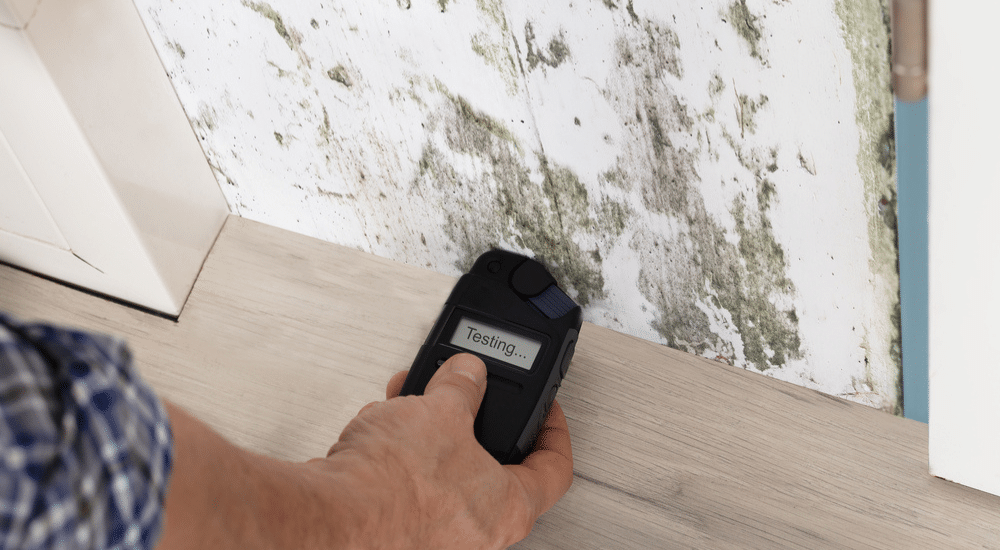Whether your property is new or has old bones, mould can be a debilitating health hazard that not only affects your health and safety, but impacts the value of your property as well.
For every homeowner, purchasing or renovating a home is always a sound investment.
It is a means of turning your sanctuary into a profitable or valuable asset. One aspect that many people overlook in this process, though, is addressing the growth and spread of mould.
Based on my experience, this tends to be a decision you regret down the line. One way to avoid this kind of scenario is to carry out a thorough mould investigation. To get an idea of what this process involves, I’ve outlined, in brief, the steps we follow for a mould inspection.
Step 1: An exposure history survey
According to guidelines from the Australian College of Environmental Studies, there are five steps to conducting a mould inspection.
The first step is to use a questionnaire to determine the exposure history of your home or office that can help building biologists like me understand a few things. These include:
- The presence of mould in your space
- A history of water-related events that may have caused damage to the building
- Any areas affected by moisture
- Occupant history
- Occupant behaviours that increase water vapour
- Potential sources of moisture
Step 2: A visual inspection
The next step is to carry out a visual inspection of your property to identify the signs and sources of moisture. This involves exploring surfaces with condensation and mould, structural damage and the infestation of pests.
The aim, here, is not just to detect areas with obvious mould growth but also to identify areas where there’s a possibility of mould growth.
When I do these inspections, I use a range of tools and fill in the National Institute For Occupational Safety and Health (NIOSH) assessment form for each room in your home.
Step 3: Testing
This step covers four specific areas that include:
- An indoor air quality assessment: In this step, I identify areas in your home that are more prone to humidity and are also at risk of condensation.
- Thermal imaging: Here, I use thermal imaging devices to scan large areas and detect temperature differences to locate potential sources of moisture and mould growth.
- Moisture mapping: Moisture meters to quantify the moisture inside your space.
- Biological sampling (air, surface, and dust): This involves air and surface sampling to identify sources of active mould growth, the extent of fungal spread, air quality contamination due to airborne spores, and concealed or hidden mould growth.
Step 4: Test result analysis
The data gathered from these tests then need to be analysed to generate useful insights. This can tell you, for example, the indoor mould count in your home, the presence of particular types of mould that could, in turn, indicate active microbial growth, and whether what is discovered can be harmful to humans or pets.
The results of these tests can help you identify the extent of indoor air pollution and the potential pollution mould and fungi can generate. This step will also help you gauge how much work needs to be done to improve the health of your home.
Step 5: Recommendation and remedies
The last step in the mould inspection process is to come up with recommendations to remedy or rectify the problems identified in your report.
Contrary to popular belief, the goal here is not to eliminate the presence of fungi, but to restore it back to a normal fungal ecology and to prepare you to keep it that way.
You will also receive recommendations on how to get rid of identified sources of moisture, prevent the spread of fungal particulates, and prevent the growth of mould.
Schedule a mould inspection and restore your home’s health and value
Regardless of whether you are hoping to buy, sell or maintain your sanctuary, mould growth is an issue that can, not only create long-term and short-term health issues but also impact your property value.
If you’re looking to sell your home, one way to enhance buyer faith and avoid potential legal liabilities for failing to disclose the presence of mould growth is to conduct a mould inspection with the support of a professional.
Good luck!

